| Sorted by date | |||
page069from Building Ideasarchitecture, their work suggests other interpretive possibilities, such as the recovery and reassessment of previously marginal works of architecture.
Architecture and the Housing of Tradition In architecture the debate over the truth-value of different languages has also been influential in the development of modernism. As the argument between Muthesius and van de Velde made clear, the role of the artist in architecture has often been questioned. In the early years of modern architecture a division had developed between the deterministic methods of science and the free inventions of the artist. The architects of the expressionist wing of modernism, such as Erich Mendelsohn and Hans scharoun, had demonstrated early on that they were more inspired by the vision of painters. Experiments with the multiple viewpoints of the Cubist artists Picasso and Braque were reflected in the fragmented geometries of buildings by Scharoun and Le Corbusier. The sculptural forms of Mendelsohn’s Einstein Tower also provide an intriguing and paradoxical example, showing the influence of scientifc theories without the blind application of new technology. The tower as built is a hybrid of traditional, and modern construction, with a frame of reinforced concrete and an infill of brick and stucco. This produces a striking visual image of a universe in motion, like the atomic model of physical matter as well as the Cubist canvasses mentioned above. This notion of the capacity of architecture to express a narrative in a spatial language is again echoed in the Dutch De Stijl movement as well as many later projects by Le Corbusier. The attempt to subordinate the expression of technology in order to achieve a sculptural quality in space and form became a dominant trait of several large-scale projects built in the period after World War 2. While the bird-like profile of Eero Saarinen’s TWA Terminal caused a stir, perhaps the most famous of these projects is the Sydney Opera House, designed by the most famous of these projects is the Sydney Opera House, designed by the Danish architect Jorn Utzon. The Opera House, completed in 1973, won in a competition 1956, the same year as
|
|||
|
|||
|
|
 ... ...
... ... ... ...
... ... ... ...
... ... ... ...
... ... ... ...
... ... ... ...
... ... ... ...
... ... ... ...
... ... ... ...
... ...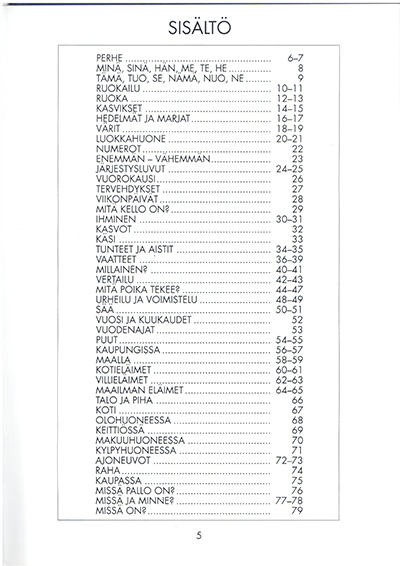 ... ...
... ... ... ...
... ...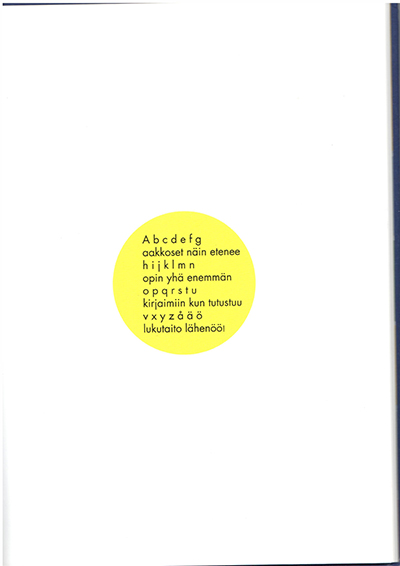 ... ...
... ...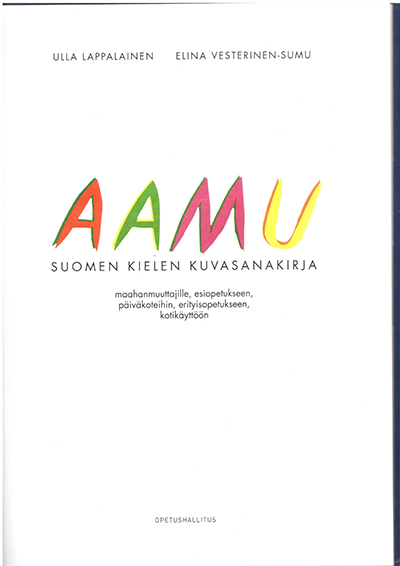 ... ...
... ...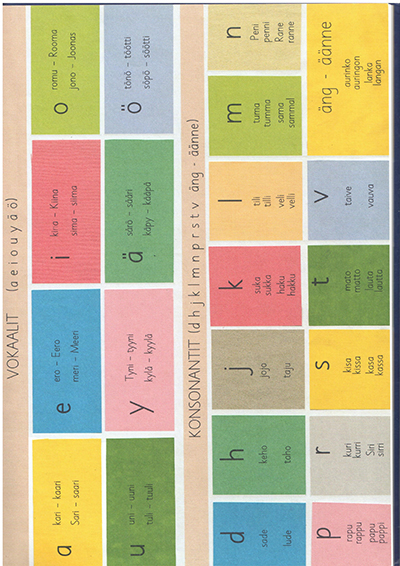 ... ...
... ...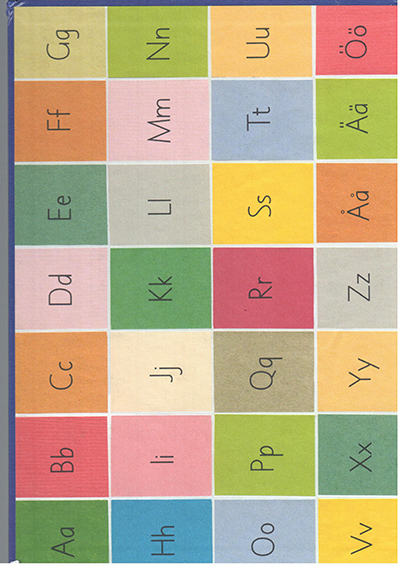 ... ...
... ...